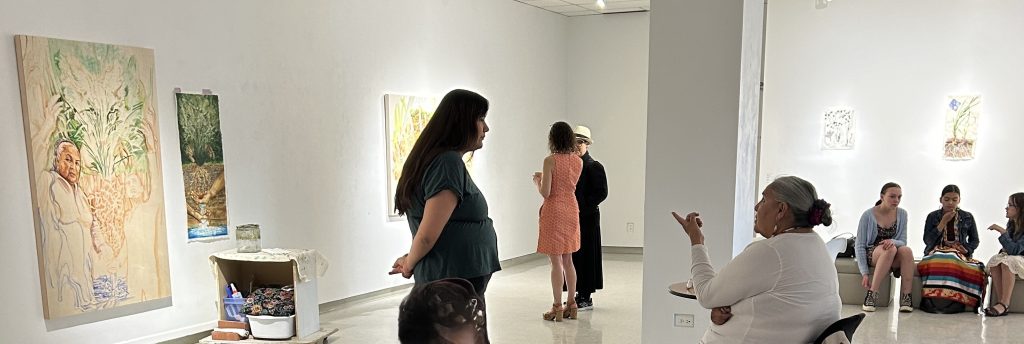Masters of Environment and Sustainability Thesis Exhibit, University of Saskatchewan
Water, one entity whose health encapsulates ecological and social balance for generations to come….continue…
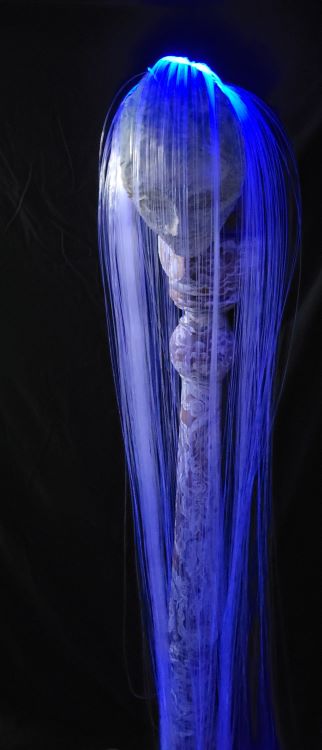

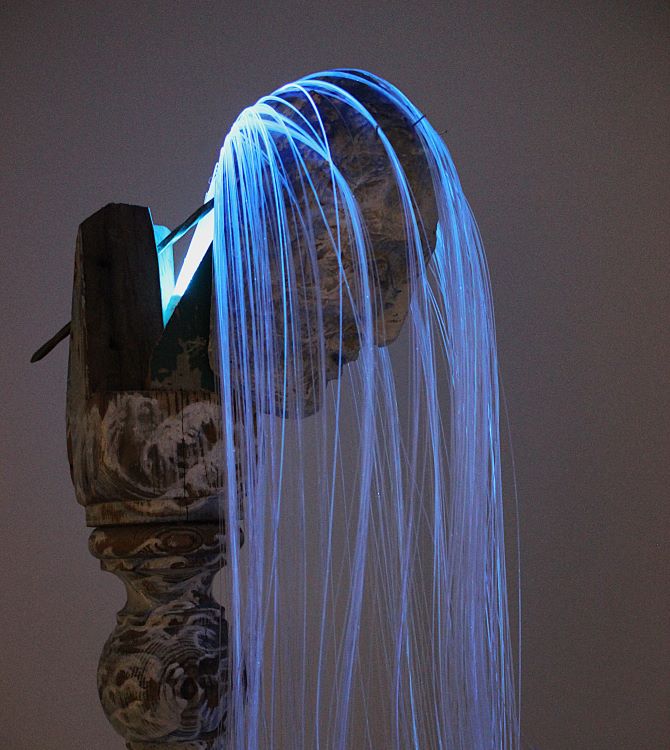
A repurposed colonial porch column, smudged with prayer smoke. Elder Irene Frazer, Artists Fred Macdonald, and Cheryl Buckmaster set the intention of safely cleaning oilsands tailings pond water. The intention to switch traditional Western capitalistic/mechanistic methodologies with regenerative approaches that work within the needs of the natural and social environments, now and for generations. A 12-inch nail driven through the back acknowledges the trauma to the water, and all related to it, during the extraction process. Fiber optic threads used as a medium for telecommunication and computer networking pour down to establish communication and dissemination as a goal with and without the G.R.O.W. project– Genomics Research for Optimization of constructed treatment Wetlands to clean tailings ponds water in the Athabasca Oilsands region of Northern Alberta. G.R.O.W. project
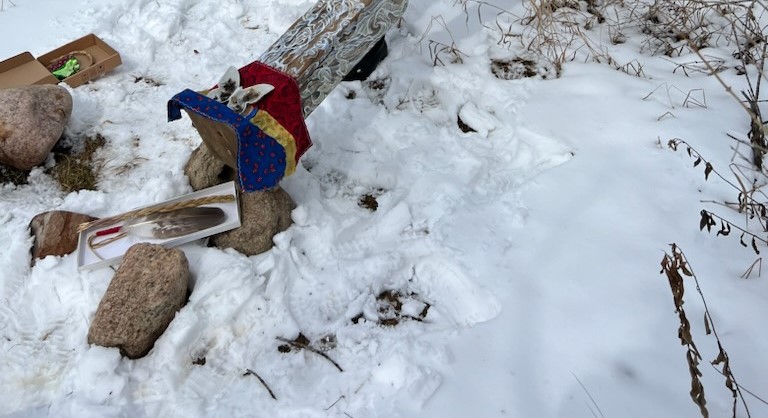
Trace Young with Elder Roland Duquette Commentary

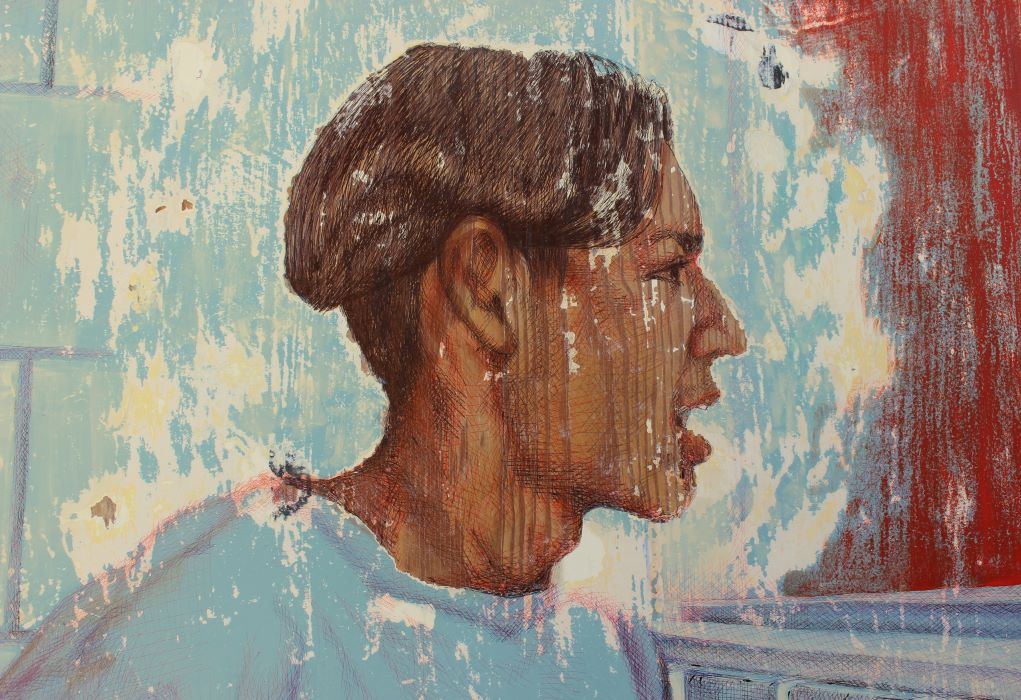
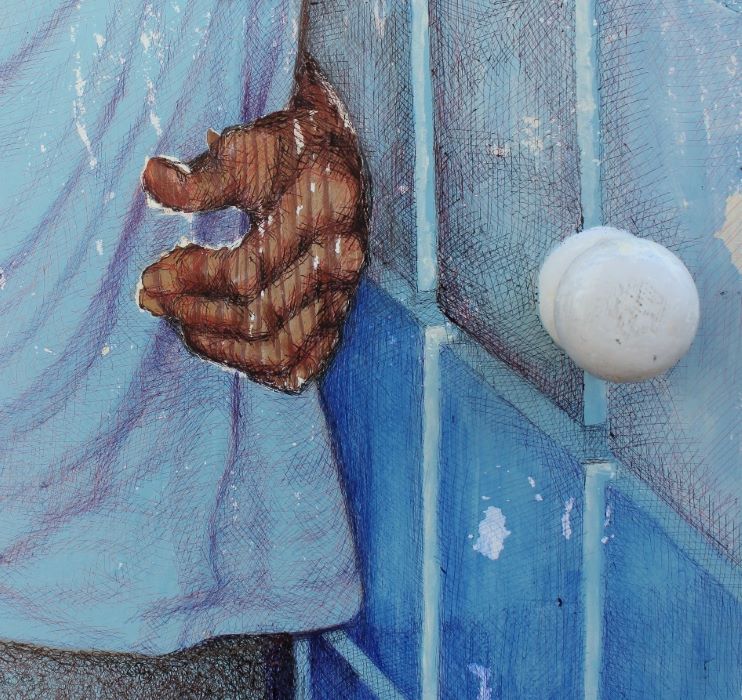

Extractive industry and mass systemic injustice are functions of oppressive settler-colonial social relations, and pose fundamental questions: What is the difference between the way the Oil industry uses Mackenzie River water and the way Indigenous youth are used… continue…
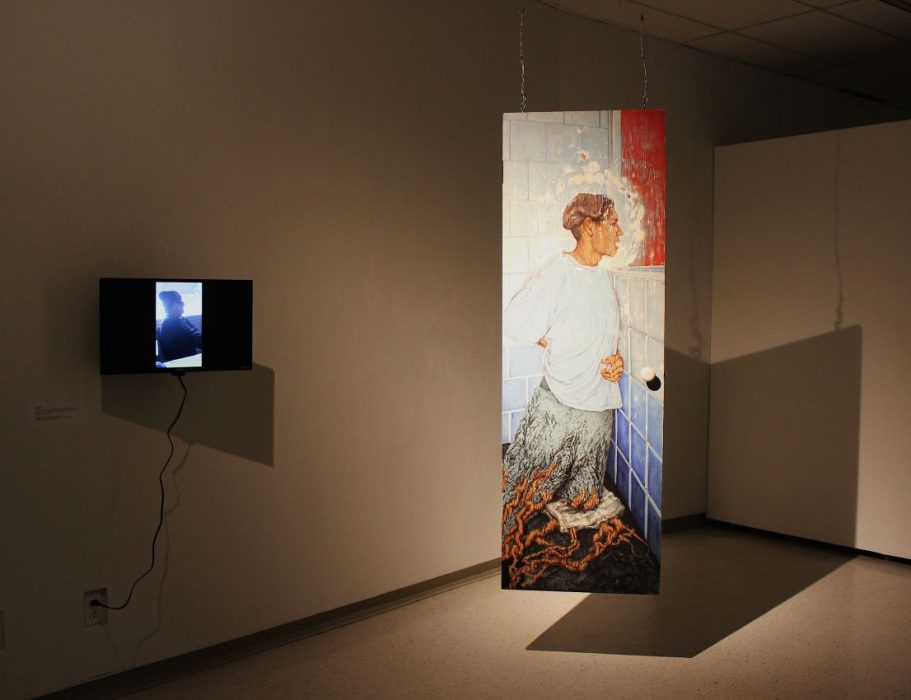
WARNING: the video below conveys traumatic experiences of youth incarceration and residential school. It may be emotionally triggering. Please consider having a support person with you. Saskatoon Crisis Helpline: 306-933-6200; Residential School Survivor Helpline: Toll Free: 1-866-925-4419
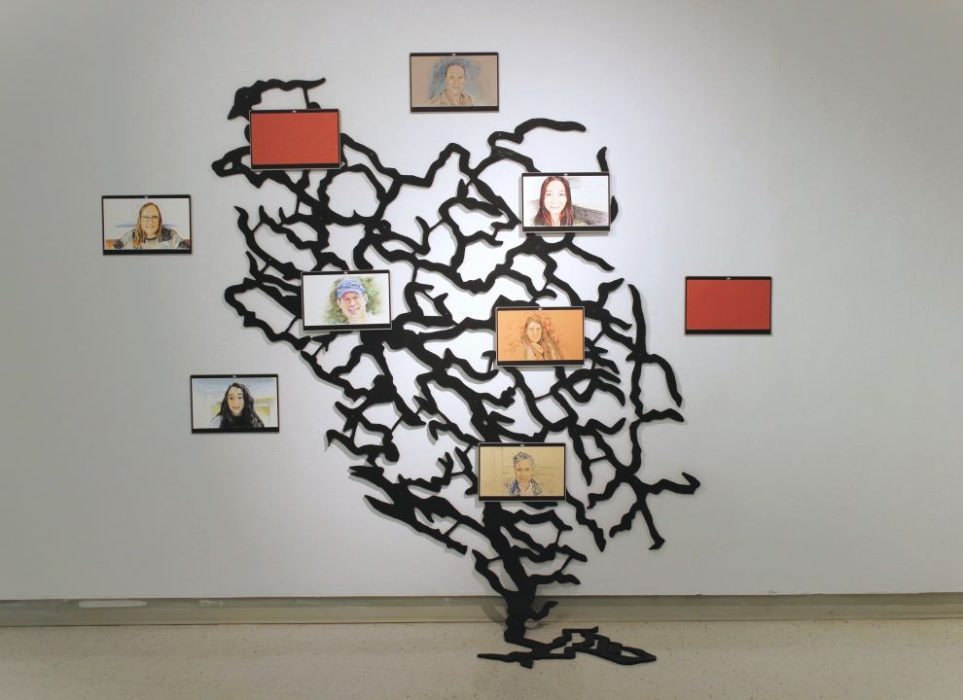
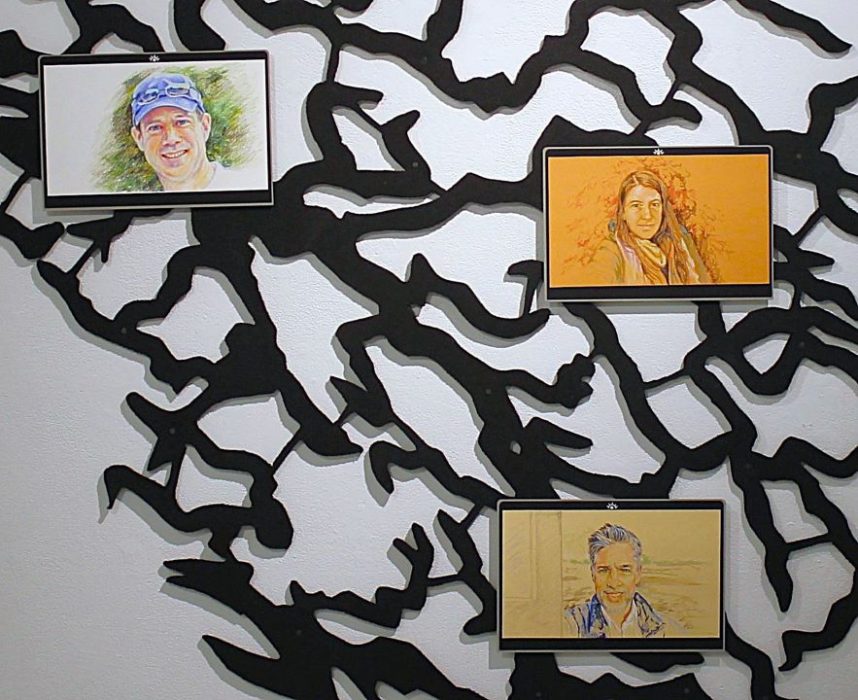
Recycled rubber tire Mackenzie river watershed turned upside down forming a bush shape. “Laptop” portraits of some natural scientists on the watershed, and social scientists are placed off. Blank “laptop” screens indicate the lack of Indigenous inclusion within the project team. Control was occasionally asserted over the utilization of social research findings, what project information was disclosed, and who was included on the team, disregarding the independence of social science inquiry. The social science team research genomic, environmental, economic, ethical, legal, and social aspects of the project…continue…
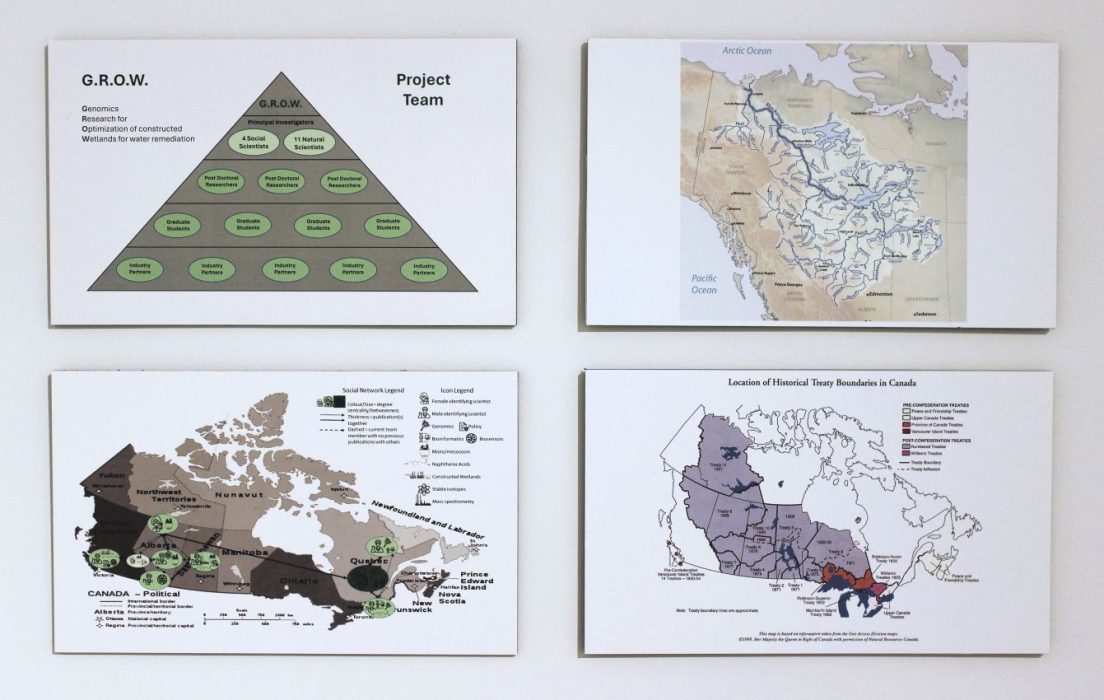
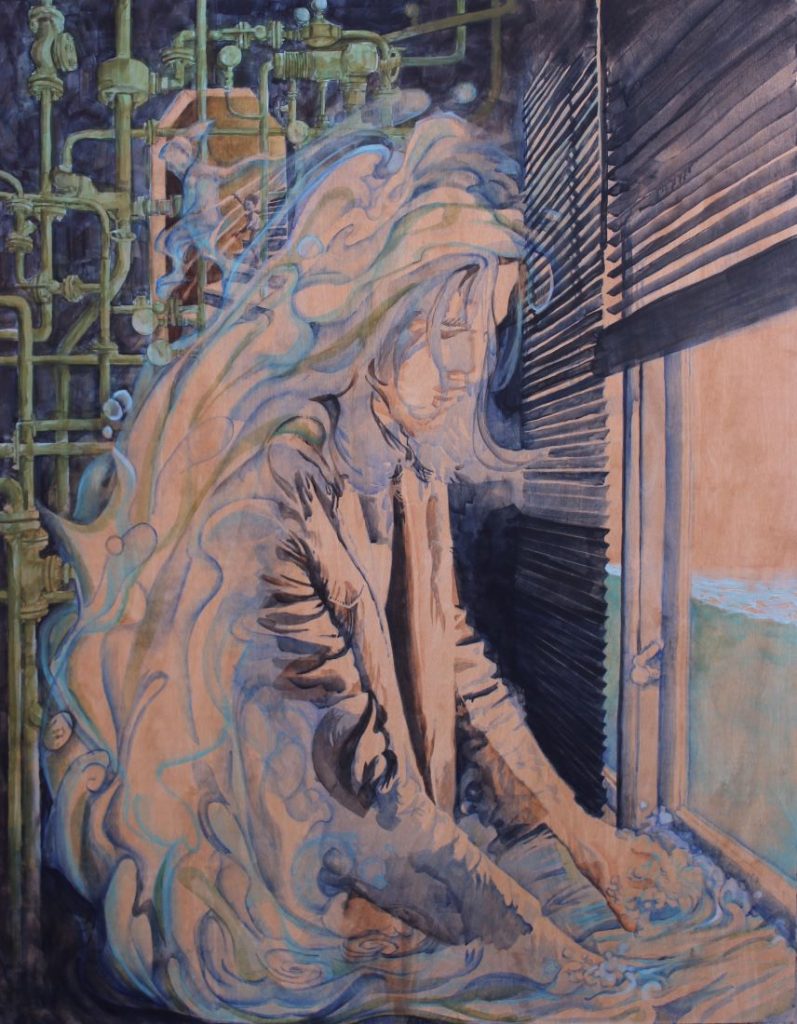
“Relationship (with water)” was a painting study of environment and sustainability concepts: Control, tension, and pressure alongside the spirit, one-ness, and inevitable abilities of water.
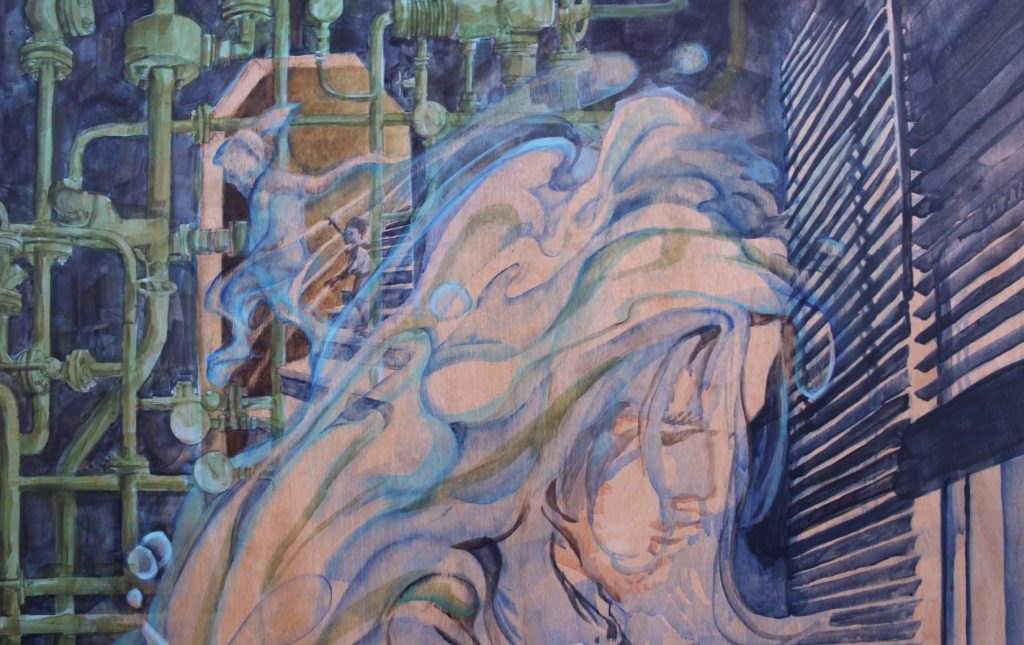
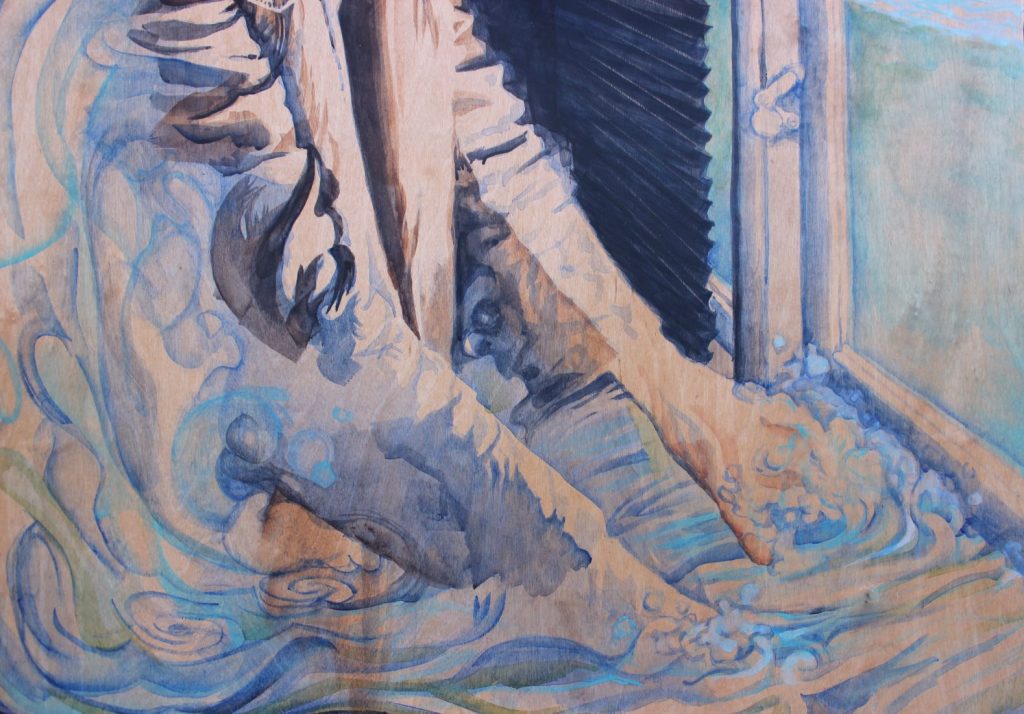
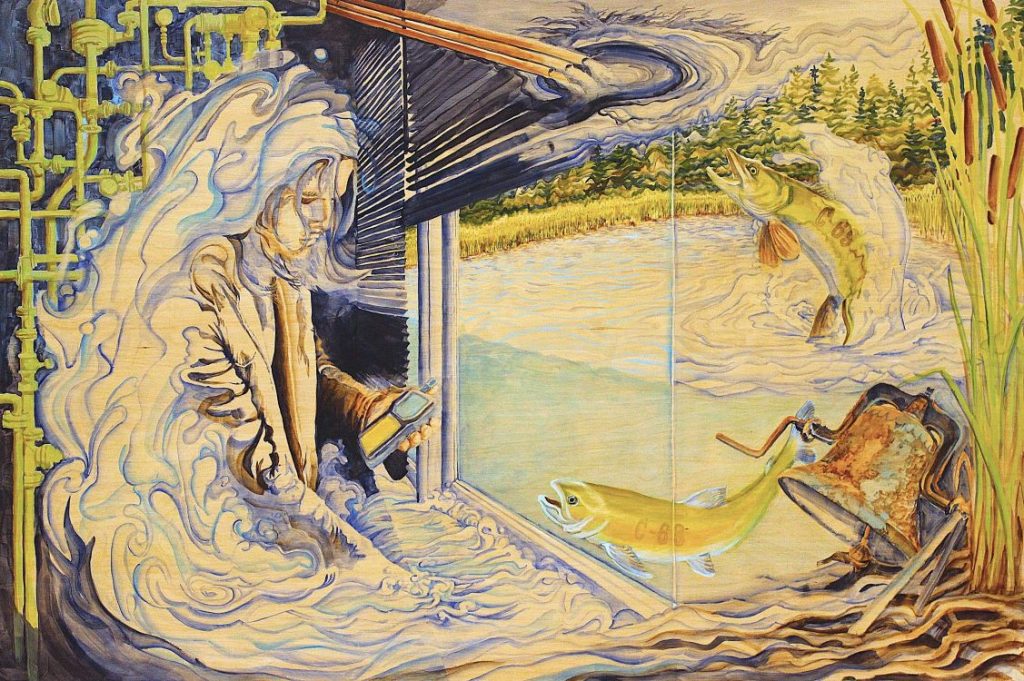
Trust emerges as a fundamental cornerstone for project success. In “Bio-Censor” interdependent factors cycle around the person holding the biosensor, creating a sense of responsibility… the cycle of trust can be upheld, there is a choice of using blinders or transparency…continue…
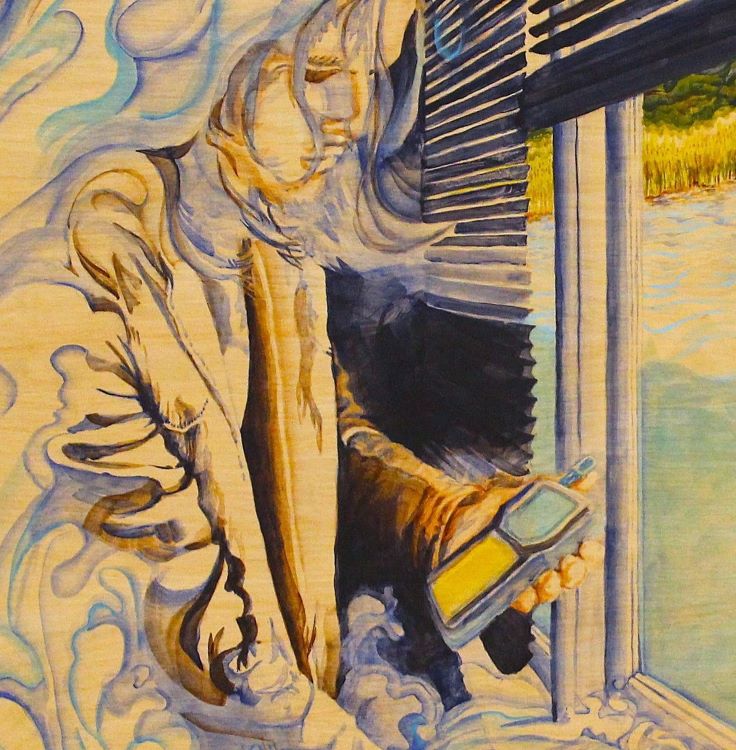
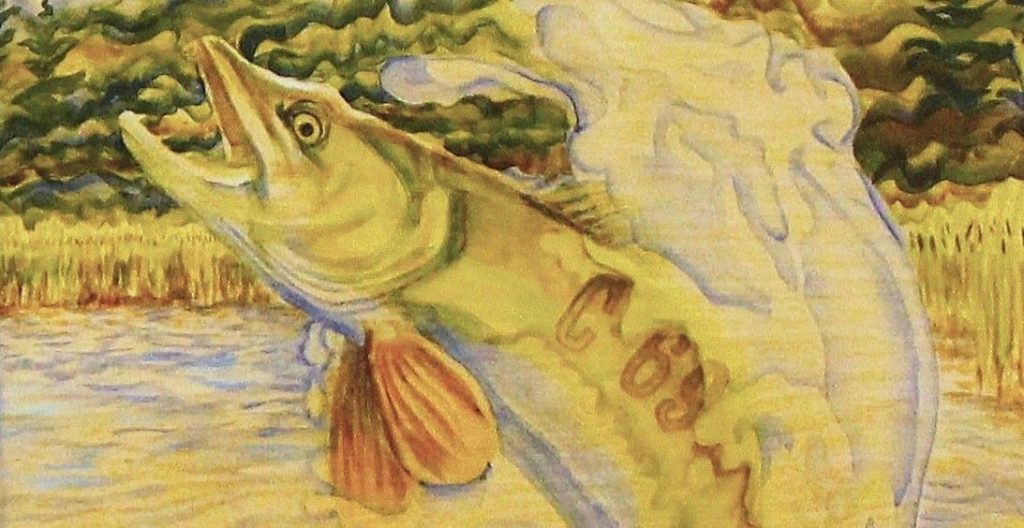
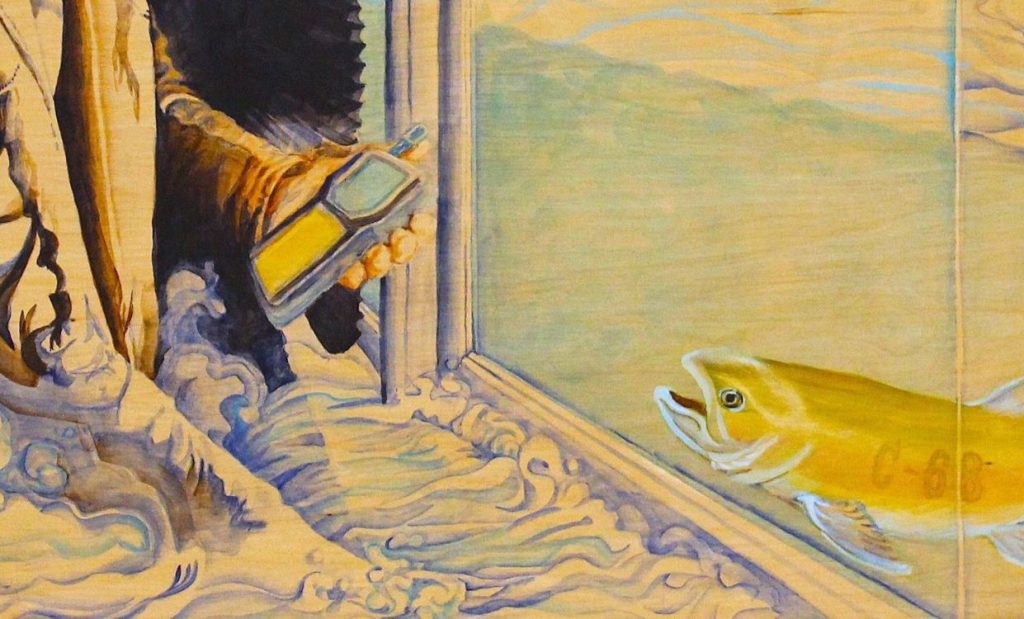
Technical Plant Paradigm Shift
Inspired by the positive possibilities of transdisciplinary environmental remediation projects, the shift Western science is taking by including social science research is demonstrated through five wetland plant inks, beginning with a technical drawing from the early 1900’s slowly morphing into a translucent depiction of Cattails, its surroundings, and adding a discomfortable Caucasian person amidst the wetland.
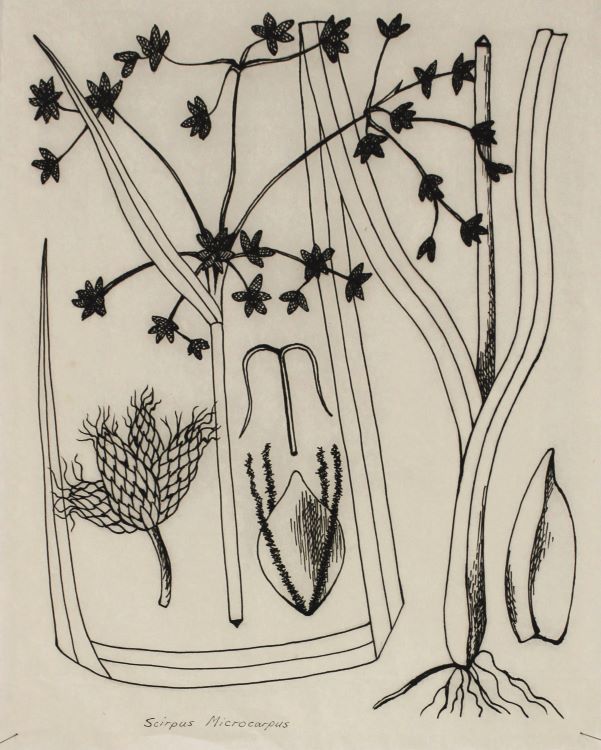
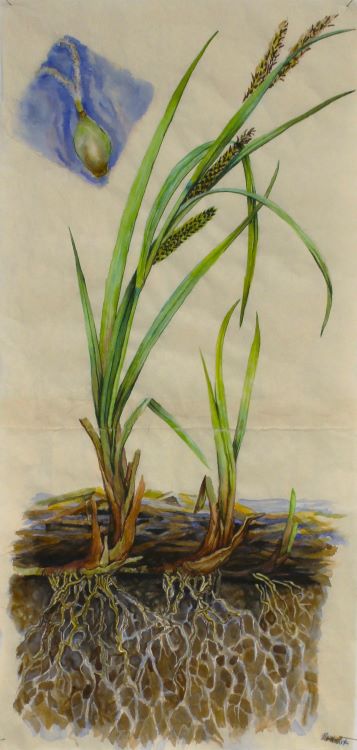
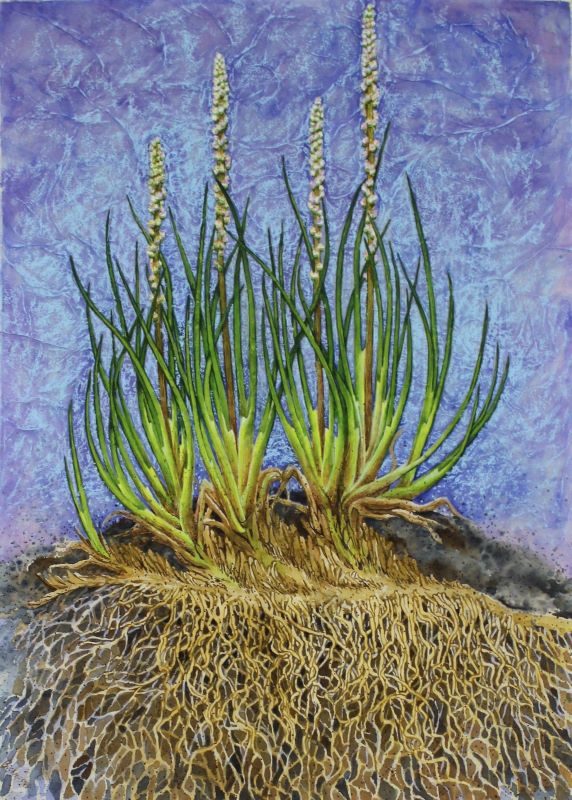
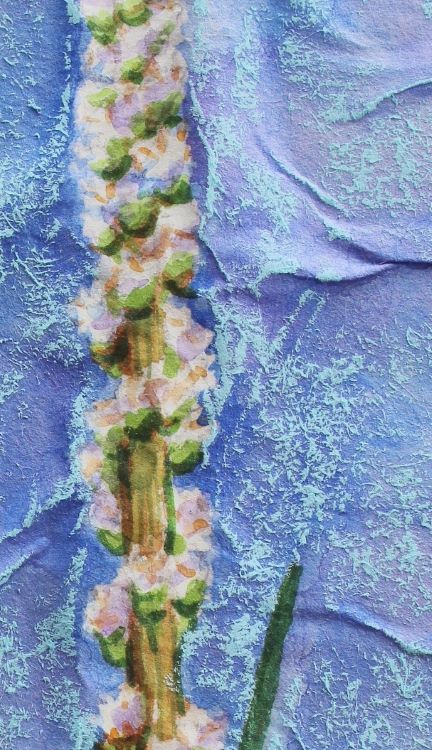
“Baltic Rush” and “Cattails” below translucent glow honor the transformative cleansing gifts wetland plants bestow within ecosystems. The model refers to the awkwardness of traditional Western Science methodology within nature, but also to the Renaissance when inter and transdisciplinarity ignited a societal paradigm shift from the Dark Ages to the Enlightened Period.
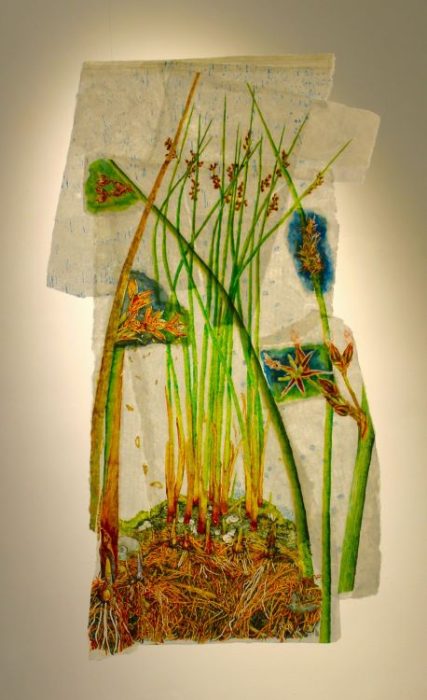
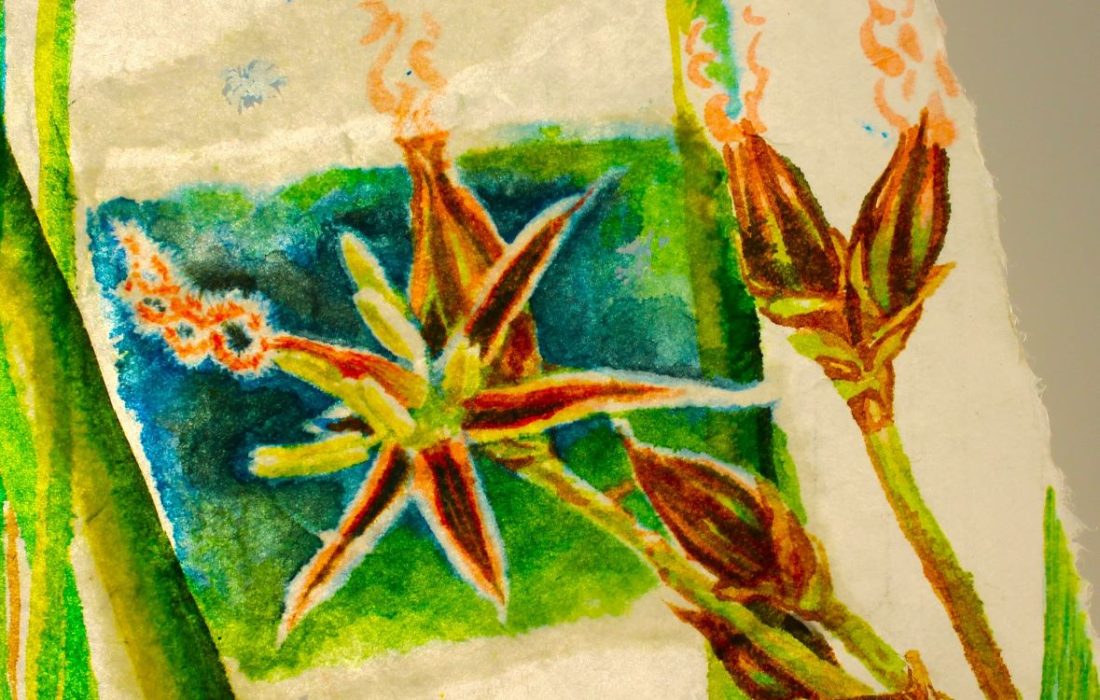
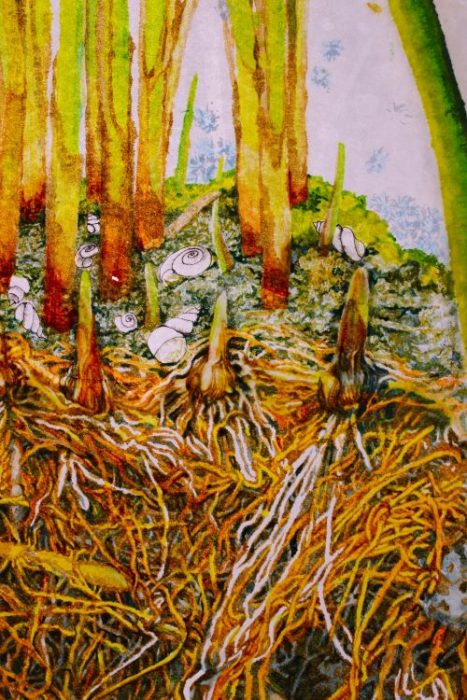
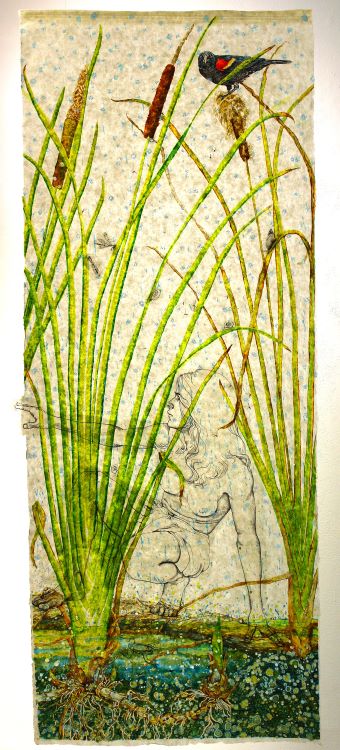


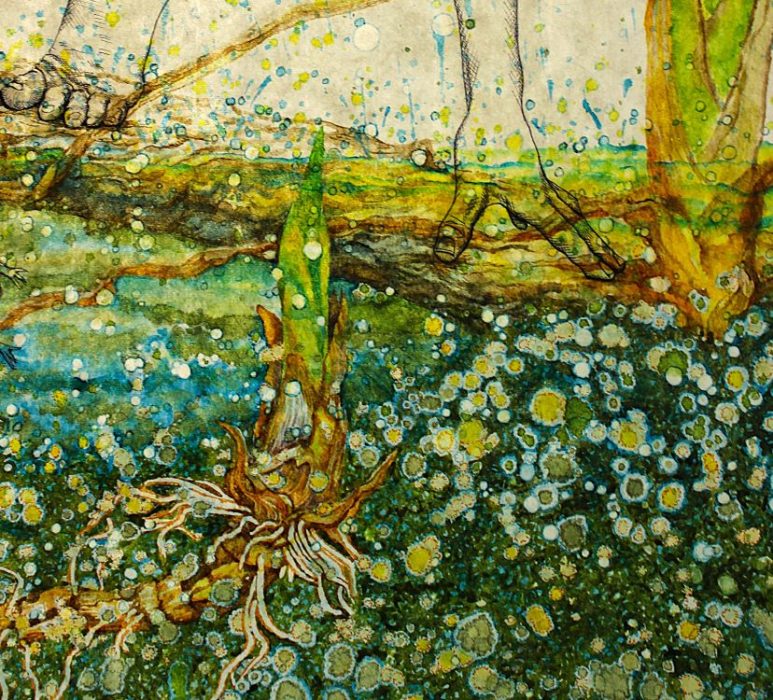
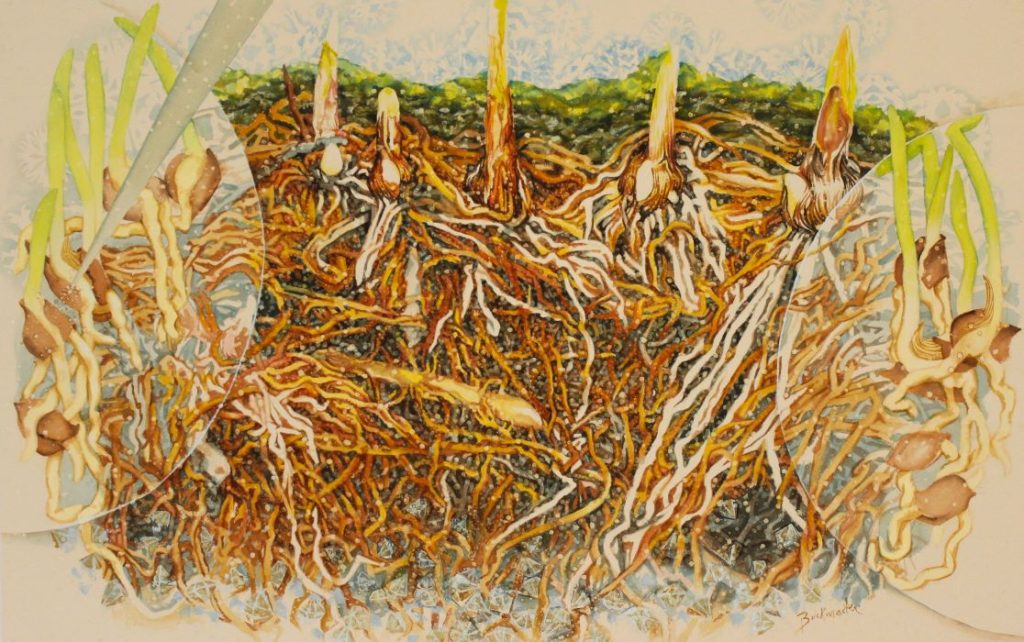
“Hotspot” depicts a genomic experiment inoculating wetland plant seedlings (in the enlarged petri dish on the left) with microbe communities naturally found in the Athabasca Oilsands area. These microbes have proven to degrade the strongest, most recalcitrant “diamonoid” naphthenic acids (NA’s) in tailings pond water, and are being identified according to their genes. In the middle of the painting a natural “Hotspot” of wetland microbe communities effectively breaks down the toxic NA “diamonoids”.
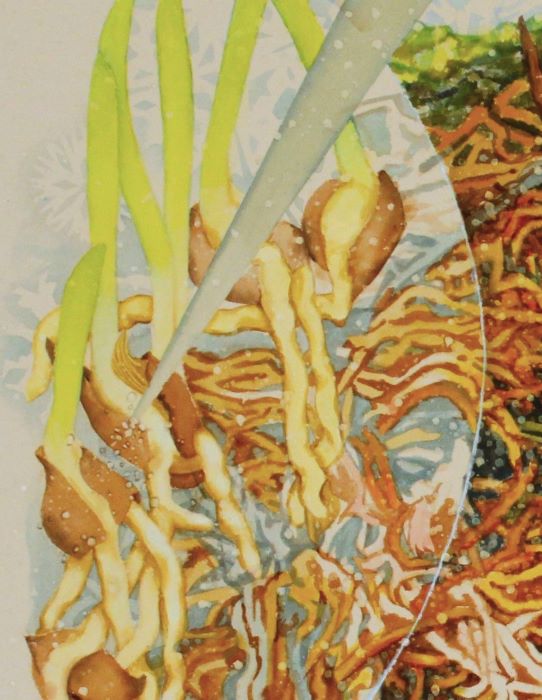

“Hotspots” are also the questions about commercial “gene identifying” integrity, motives, and opportunities in and outside the project…who owns the microbes?… continue…
CONCLUSION
